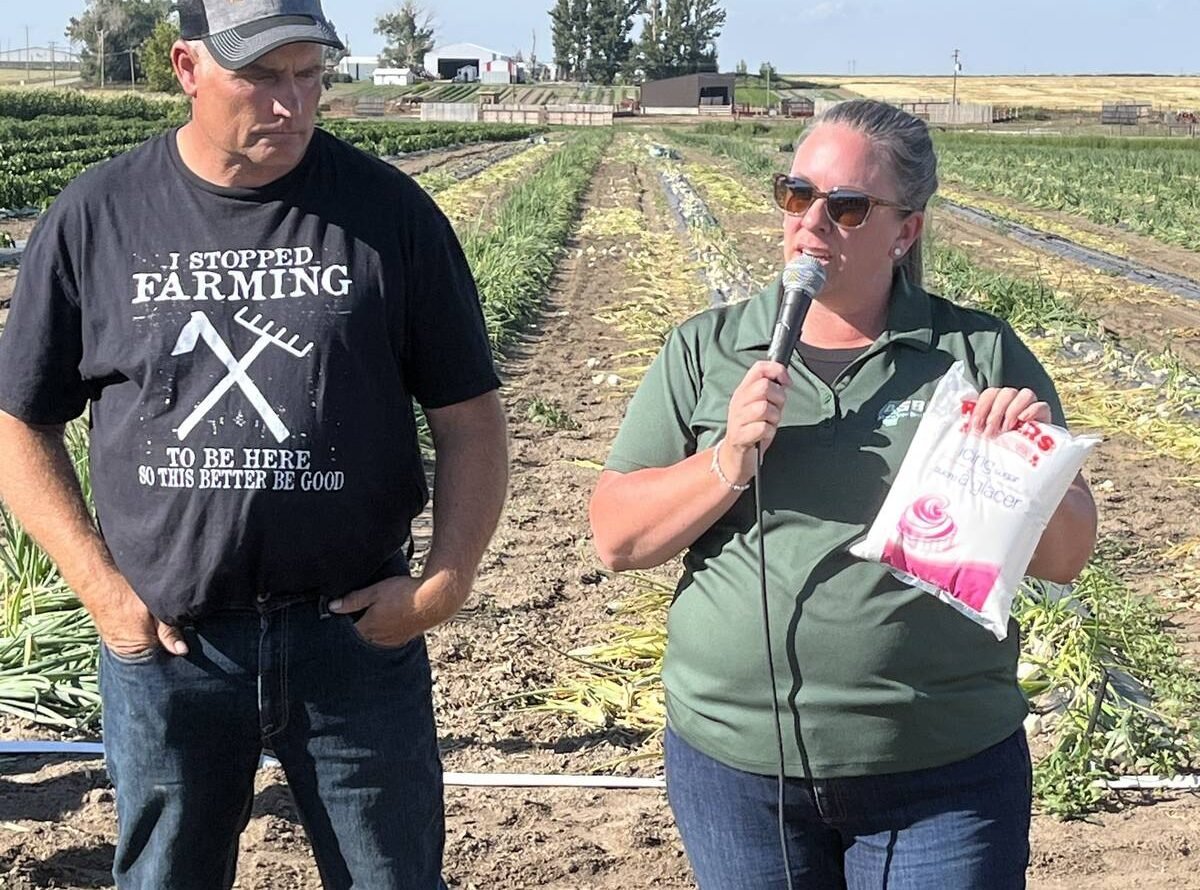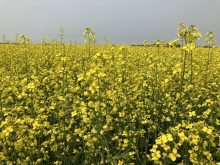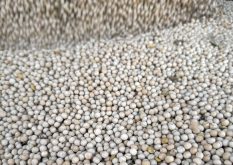SASKATOON — Breen Neeser is pleasantly surprised by the crop health in the Canadian Prairies.
“I’m sure there are pockets that are dry and I’m sure there are pockets that are stressed, but based on travel that I’ve done recently, I’m surprised with how well the crop seems to be doing,” said the general manager of Farmers Business Network Canada.
Follow all our Ag in Motion coverage here
Read Also

Alberta’s beets a sweet domestic segment in Canada’s sugar supply
The sugar beet industry is showcased during a Farm to Table tour, as Taber features the last remaining sugar beet processing plant in all of Canada.
He thought crops would be in worse shape due to the early-season drought conditions.
Another surprise was how much yellow he saw out the airplane window when flying into Saskatoon to attend the Ag in Motion 2025 (AIM) show.
“The first thing that struck me is that visually there is more canola than I expected there to be because this was supposed to be an off year for canola,” said Neeser.
“That’s not scientific, but there’s more canola and more peas than I would have guessed.”
Neeser is optimistic about canola yields. The crop does not do well in extreme heat, which was prevalent at the AIM show the past couple of years. But that is not the case this time around.
“It’s nice to see moderate temperatures and a little bit cooler weather. That’s what Canadian crops love,” he said.
Western Producer markets desk analyst Bruce Burnett recently completed a crop tour of the Prairie region.
The crops looked decent in southern Manitoba and southeast Saskatchewan but took a turn for the worse in south-central and southwest Saskatchewan and parts of southern Alberta, where they need moisture.
“We need to get more than some of these little scattered rains that we seem to be getting,” he said.
“We need to see a general rain across the southern grain belt, just to help fill things out and preserve the yields that are there.”
Conditions improved as he drove north into the central and northern Prairie region.
Burnett is forecasting an average canola yield of 38.6 bushels per acre, which is about the same as last year.
There are some nice-looking crops in the central and northern areas of the Prairies but there’s still a fair amount of canola production in the south.
“And those yields were certainly sub-20 (bushels per acre). A lot of fields were sub-15,” he said.
Burnett is forecasting canola production at 18.57 million tonnes, a 549,870 tonne drop from last year.
Spring wheat yields are pegged at 51.5 bu./ac., which would be similar to last year. Production is forecast at 25.7 million tonnes, nearly identical to last year.
Barley yields are forecast at 64.3 bu./ac., up 1.2 from last year. Production is estimated at 7.61 million tonnes, a 221,869-tonne drop.
Oat crops looked excellent with an average yield of 94.8 bu./ac., up 2.8 from last year. Production is forecast at 3.32 million tonnes, a 211,415-tonne increase.
Durum is the crop that will be hardest hit by the early-season drought with an average yield of 31.4 bu./ac., down 2.4 from last year.
Production is forecast at 5.48 million tonnes, down 331,950 tonnes from last year.
That is problematic because carryout will be small after a robust 2024-25 export program.
“That certainly makes the durum situation a little more interesting,” said Burnett.
The pea crop looks very promising with a forecast yield of 36.6 bu./ac., up 1.7 from last year. Production could rise by 423,580 tonnes to 3.41 million tonnes.
“There are a lot of nice pea fields,” he said.
Lentil crops are looking better than durum crops, but yields will be down from last year. Production is forecast at 2.35 million tonnes, down 83,169 tonnes from last year.
Burnett provided the caveat that mid-July forecasts are unreliable. Last year’s crop was looking promising at the time of the AIM show and then faltered in the late-July heat.
But that isn’t in the forecast this year.
“It’s looking like it’s going to be moderate with normal temperatures and good chances of rain,” he said.
















